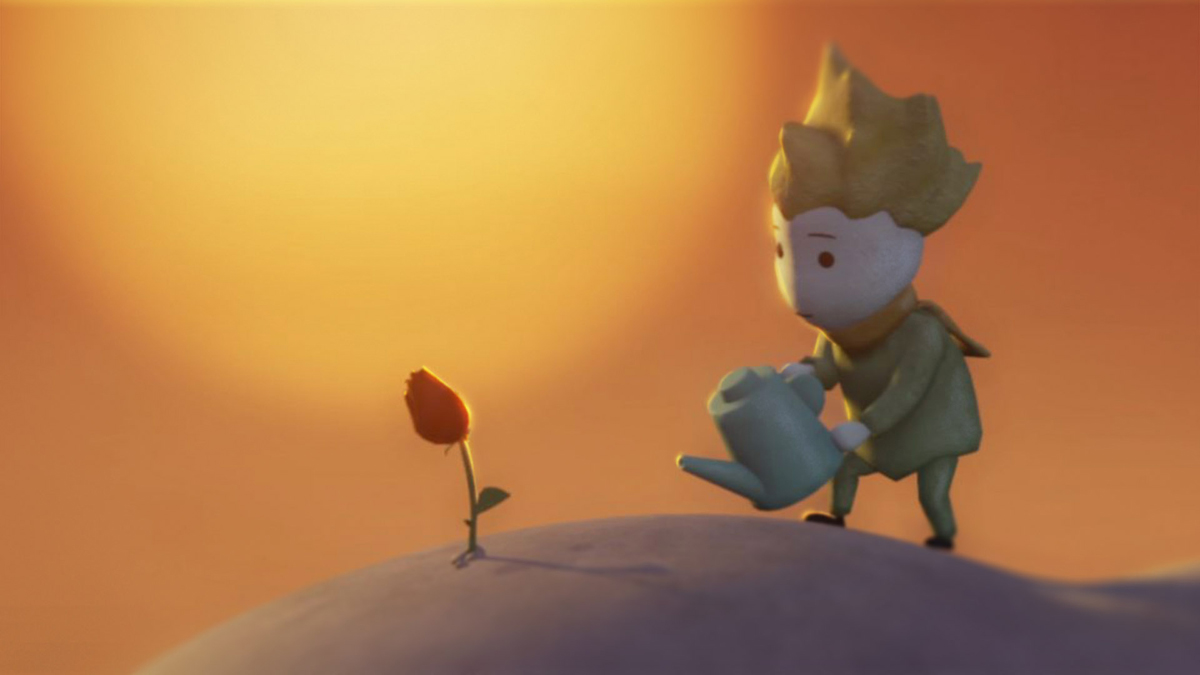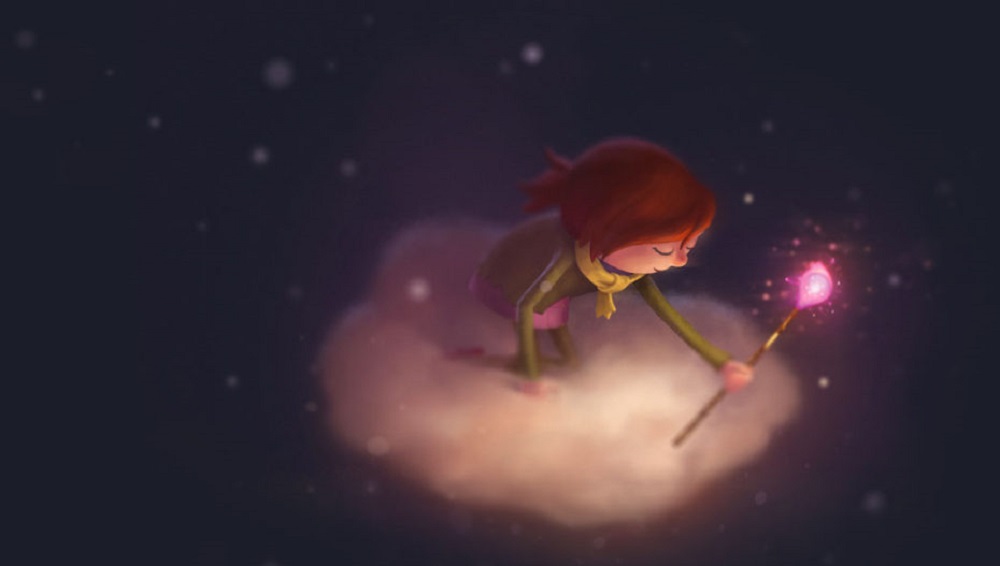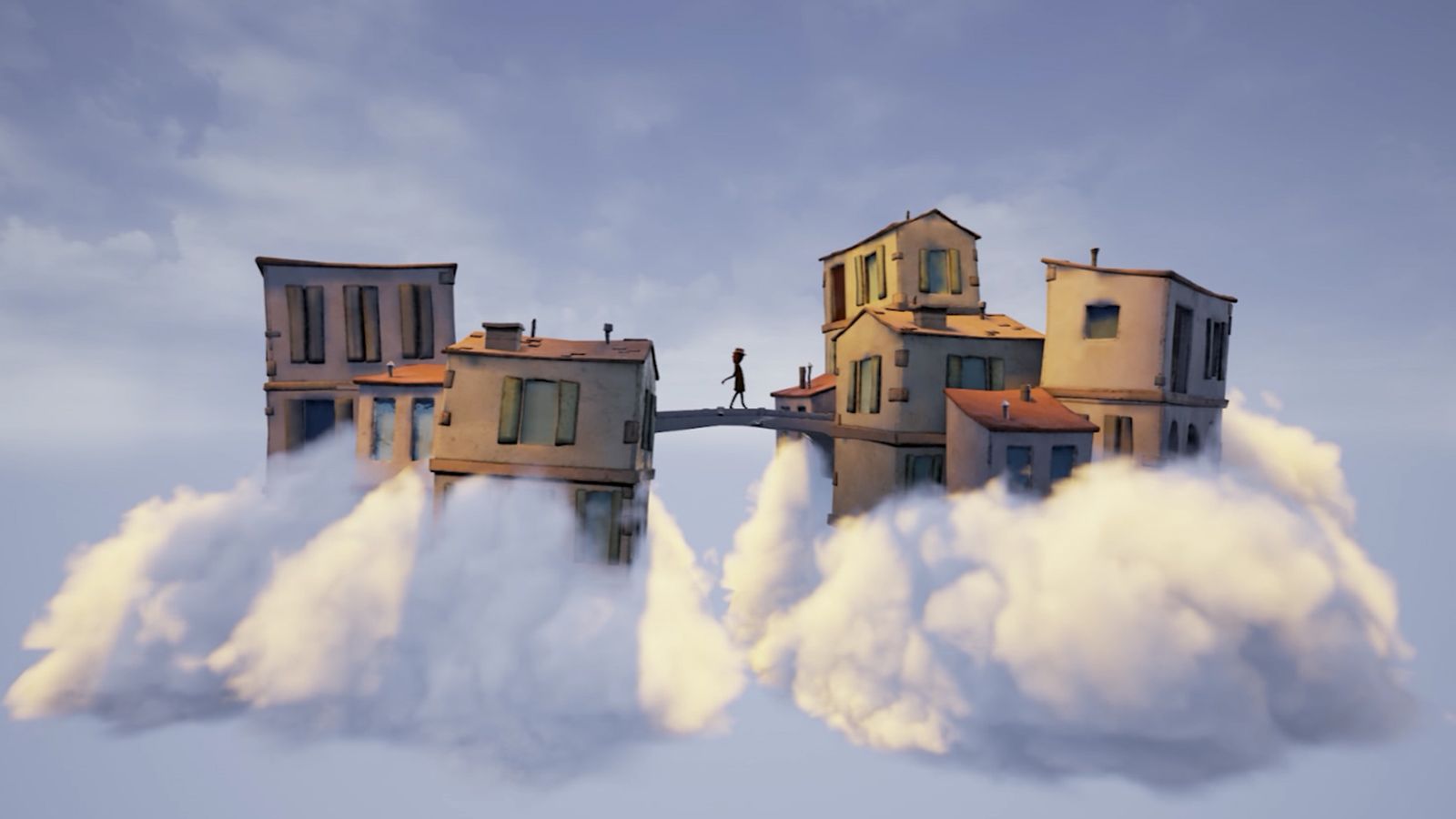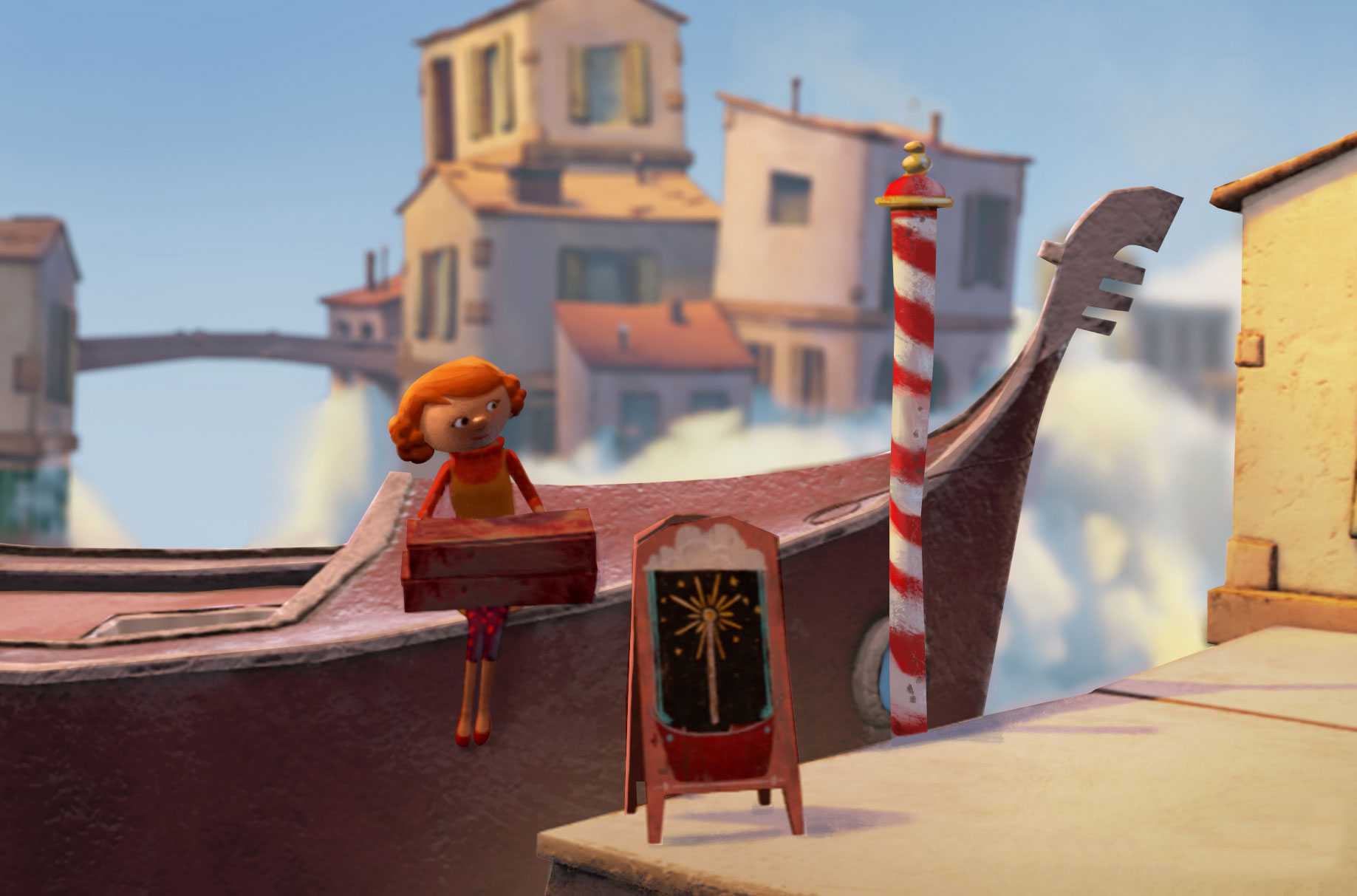The main selling point for VR has mostly been video games. The companies behind the major headsets, such as the recently released PlayStation VR, the HTC Vive, and the Oculus Rift are all leading the charge for VR. A big part of that involves marketing their headsets as exciting new ways to play games. This is looking likely to be the best approach to convince consumers that VR isn’t just another gimmick, but rather it’s a technology that’s here to stay.
But despite this focus on games, filmmakers are also making full use of VR. Passively watching movies while sitting in your local theater or on your couch may not be the norm for much longer.
Directors and animators, like Penrose Studios’ Eugene Chung, are experimenting with the visual medium to create films that make you an active participant in their worlds. Imagine watching the latest Star Wars flick in VR, where you’re headfirst in the action, surrounded by beloved characters and colorful settings. Or perhaps you want to witness a high-octane, sand-swept chase scene in Mad Max like never before, with demented marauders screaming in your face. VR might very well be the next big step for film.
The potential is there, but it’s still a ways off. Currently, more bite-sized VR films are leading the charge, and setting a precedent for what an excellent VR movie should, and can, be. Examples such as Invasion! from Baobab and Gnomes and Goblins from Hollywood-caliber director Jon Favreau all validate that mindset.
Now, most recently, Chung’s critically acclaimed and captivating 20-minute animated feature, Allumette, is pushing that notion even further. The movie, which is about the titular girl and her adventures in a captivating floating city, is a viewing experience you won’t want to end and — if early impressions from Upload staff and other VR enthusiasts is any indication — it holds the power to even make you cry.
Telling A Story Differently
“The story behind Allumette was inspired by my own family relationships, particularly my relationship with my mother, who sacrificed a lot for us while we were growing up,” said Chung. “Those choices have stuck with me and have only become more meaningful as I’ve grown older.”
Loosely based on The Little Match Girl, Allumette’s story follows a mother and her daughter as they make their way to a prodigious and eccentric city made up of floating islands. The two protagonists are depicted as traveling merchants, and this strange city is littered with potential customers. The plot focuses heavily on themes of parenthood, the tenuous but strong relationship between a daughter and her mother, and the importance of passing vital lessons and stories from generation to generation. It’s a relatable, grounded, human tale that’s surrounded by majestic settings and zany characters.

You won’t find any spoken dialogue, and you are merely an observer. But you act as a living camera, and it’s up to you to consume this fantastical tale the way you want to. Allumette makes full use of VR headsets that support positional tracking, allowing the viewer the ability to continually move around scenes, peaking behind curtains or windows, and crouching. You can look through the exterior of an airship to see what’s happening inside. Or you can entirely ignore the ship, and miss a few scenes. It’s a living dollhouse of sorts for you to closely examine, and pulling off a film like this is quite different from making a regular movie.
“Every part of the filmmaking process has to be rethought of in VR,” said Chung. “For example, animating can be very different. Animating to a flat screen at a single angle might yield one animation, but with VR, we have to check our animation in VR constantly. Oftentimes, what something looks like on a flat screen is very different from what something looks like in VR.
“I still enjoy watching movies in the same way I still enjoy watching plays and operas. VR is a brand new art form, and the exciting thing is that we are only at the beginning of discovering its potential and possibilities. Allumette has been built from the ground up to be in VR, and therefore it has to be seen in VR to be appreciated just like a book has to be read rather than seen on film (and if it is seen on film, there are substantial modifications made to the screenplay).”
Changing Filmmaking Forever
For all of Allumette’s strengths, it’s still a stepping stone (a wonderful one at that) for something grander a few years from now. Currently, VR filmmaking is comparable to the inception of motion pictures back in the early 1800s and late 1900s. A VR movie like Allumette is basically Georges Méliès’ 1902 groundbreaking early narrative film A Trip to the Moon.
Artists and studios like Chung and Penrose are attempting to revolutionize the movie industry the same way the Lumiere brothers introduced motion pictures with their ten groundbreaking short films in 1895 and 1896. Or perhaps how director Sergei Eisenstein introduced film editing and its emotional resonance in 1925’s Battleship Potemkin. Allumette comes at a vital point in a brand new way to tell stories. These movies are important but flawed, lacking the writing, acting, and cinematography found in later films like Citizen Kane and The Godfather.
Allumette is only 20 minutes long, which is shorter than the average television sitcom episode, but by far the longest VR film out there. For now, hitting the average 90-minute mark in a VR movie is a ways off as artists continue to play around with this technology.
“We are still at the beginning stages of this medium, and every art form has yielded different results,” said Chung. “The first films in the late 1800s were only a few seconds long. Eventually, in the early 1900s we started to approach 10-minute narratives. Eventually, we figured out that 90 minutes or so works nicely for film. But this isn’t necessarily the right length of time for other visual / audio narratives (think of operas and plays). In VR, we’re continuing the experiment and will learn how long the length of time should be as we create.”
The early stages of VR film is imperfect. Filmmakers will continually have to overcome herculean obstacles in order to create short movies, tampering with what does and doesn’t work. But that’s the beauty of trying to change an entire medium. That’s how movies like Taxi Driver, The Matrix, and Heat get realized. Imperfection and struggle often breeds excellency.
“I don’t believe in ‘perfect’ films–oftentimes, the imperfect films are the ones that stick with us, if they are imperfect in novel and interesting ways,” said Chung. “Though not always the case, novel and imperfect films helped drive forward the medium for 120 years. One critique of the modern cinema is that while we have achieved a high level of craftsmanship, the industry is now generally too formulaic to want to make imperfect films.
“This is not the case with VR. Just as it was with the early days of cinema in the late 1800s and early 1900s, VR storytelling is currently in an era of pure artistic freedom.”
As more and more VR headsets, hopefully, get adopted throughout the coming years the technology will officially go mainstream. It’ll be a part of people’s natural lives, just like radios, TV sets, PCs, and game consoles all made their way to people’s homes. With that, VR movies will have a chance at continuing to push the boundaries of film.
As Chung puts its, “The art forms of AR (augmented reality) & VR will be the next new major form of human storytelling. This does not mean that other visual / audio media will disappear, but just as the 20th century was the era of the moving picture, we believe the 21st century (and potentially beyond) will be the era of VR / AR.”
For those interested in experiencing Allumette’s emotional story — that could very well bring you to tears — you can watch it now, for free. It’s available on the PSN store for PlayStation VR, Oculus Home for the Oculus Rift, and Steam for the Rift and Vive.
Alex Gilyadov is a freelance writer with work appearing in multiple publications, such as GameSpot, VICE, Playboy, Polygon, and more. You can follow him on Twitter: @rparampampam.

































